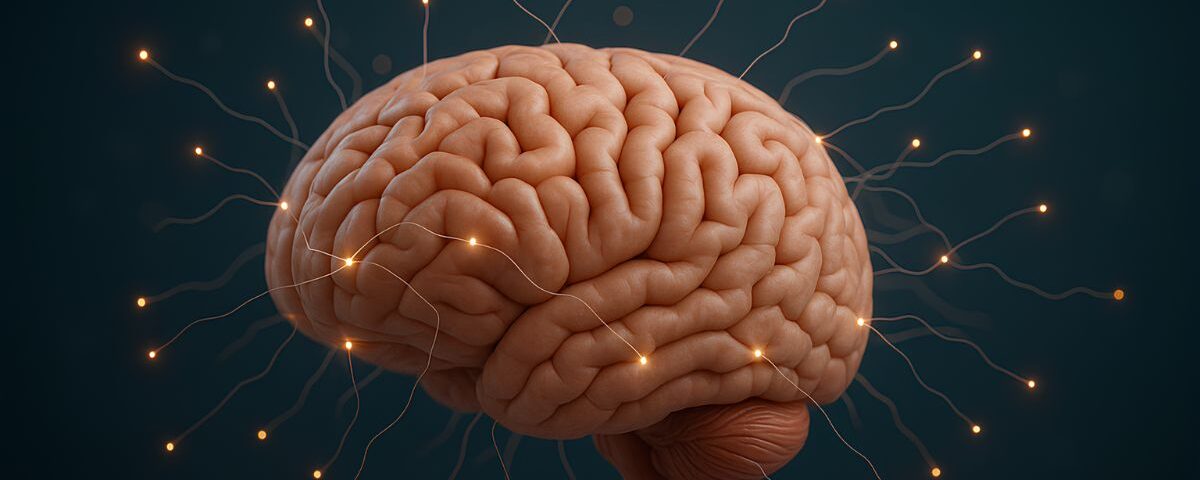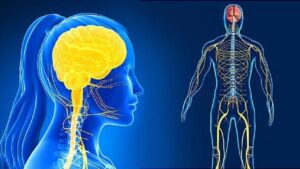Neuroanatomy is the subject that haunts even the brightest medical students. With its maze of brain structures, confusing cranial nerve paths, and Latin-heavy terminology, it’s easy to feel lost before you even begin.
That’s exactly how Maya, a second-year med student, felt—until one night she tried something wildly different. Her experiment didn’t just help her understand the material better—it caught the attention of thousands when her study tip went viral online.
The 60-Second Video That Changed How Students Learn Neuroanatomy
It started with a TikTok video titled “A Day in the Life of a Neuron”. In it, Maya narrated the journey of a single neuron in the first person. She didn’t recite facts. She told a story.
“I’m born in the motor cortex. My mission? Reach the spinal cord. Along the way, I dodge glial cells, power through axons, and finally reach my destination: the muscle.”
The video exploded — not because it was flashy, but because it made a complicated topic click.
Studying Like a Neuron? It Actually Works — Here’s Why
At first, viewers laughed. Then they realized something: Maya’s storytelling method was actually helping them remember.
Why? Because the brain is wired to remember stories better than isolated facts. By turning a complex concept into a narrative journey, you build emotional and visual memory — which sticks far longer than textbook definitions.
It’s science learning… with a plot twist.
Forget Flashcards — This Storytelling Trick is a Game-Changer
Many students spend hours buried in flashcards, hoping repetition will do the trick. But Maya’s trick brought creativity into the equation. Instead of memorizing the corticospinal tract, she became the corticospinal tract.
No long hours. No rote memorization. Just imagination and understanding.
The results? Her comprehension improved, her grades went up — and her stress levels dropped.
Learning With Imagination: When Science Meets Storytelling
As bizarre as it sounds, Maya’s method taps into a learning superpower: active engagement.
She wasn’t passively reading. She was acting, narrating, visualizing. She turned neurons into characters and brain regions into destinations. By doing so, she gave her brain a structure to attach knowledge to — and others followed.
Soon, students everywhere were uploading their own “neuron journeys” and “sensory pathway adventures.”
From Struggling to Scoring: How a Viral Tip Boosted Exam Results
Before this tip, Maya was just trying to pass. Afterward, she began excelling. And she wasn’t the only one.
Students across platforms reported better recall, faster quiz responses, and a stronger conceptual grasp. Some even began applying the method to other subjects like pharmacology and physiology — turning molecules and mechanisms into miniature stories.
Even Professors Are Taking Notes on This Viral Brain Study Tip
It wasn’t long before educators started noticing.
One neuroanatomy professor commented,
“This is the kind of creative learning we need more of. It’s not about dumbing things down — it’s about making them come alive.”
Some professors have now incorporated storytelling into lectures, challenging students to “become the neuron” or “walk the reflex arc.”
Turn Pathways Into Plotlines — And Finally Understand Neuroanatomy
Want to try it yourself? It’s simpler than you think.
Pick a structure or pathway. Imagine you are the neuron, the signal, the impulse. Describe your environment, your destination, and what happens along the way. You can write it, speak it, or record it.
For example:
“I enter the dorsal horn of the spinal cord like a spy sneaking into HQ. My goal? Relay this pain signal to the brain…”
Suddenly, it’s not just memorization — it’s you living the process.
Could This Be the Future of Medical Education?
This one viral moment has opened a bigger conversation about how students learn.
Maybe the future isn’t just highlighters and 3 a.m. study sessions. Maybe it’s creativity, emotion, and engagement. Maybe neuroanatomy doesn’t need to feel like a nightmare — if we dare to study it differently.
Ready to Try It Yourself? Here’s How to Become the Neuron
- Pick a neural pathway you struggle with
- Write or say a first-person story from the neuron’s point of view
- Act it out, record it, or explain it to a friend
- Rinse and repeat — your brain will do the rest
You don’t need to be a novelist. You just need to think like a storyteller.
Final Thoughts
Neuroanatomy isn’t going anywhere — but neither is this revolutionary study method. Thanks to one student’s creativity, the way we approach complex subjects might never be the same.
So next time your brain feels like it’s overloaded, try giving it a story to tell.
Because sometimes, the best way to learn about the brain… is to start using it differently.
FAQs
Q1: Do I need to be creative to use this method?
Not at all! Even simple, silly stories can boost your memory.
Q2: Will this method work for exams?
Yes — many students reported better recall and faster answers using it.
Q3: Can I use it for other subjects too?
Definitely. It works for any topic that involves steps, processes, or systems.




